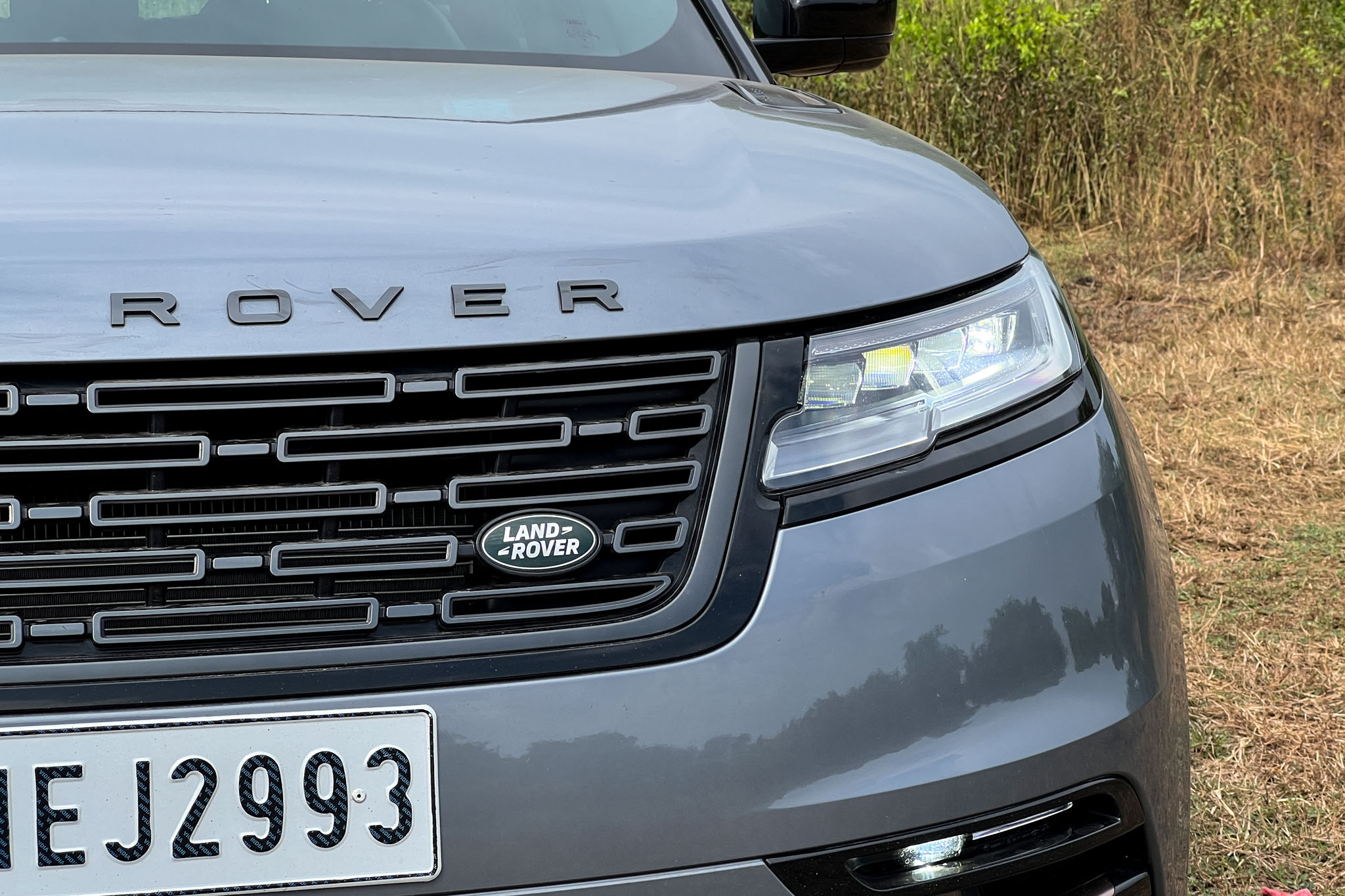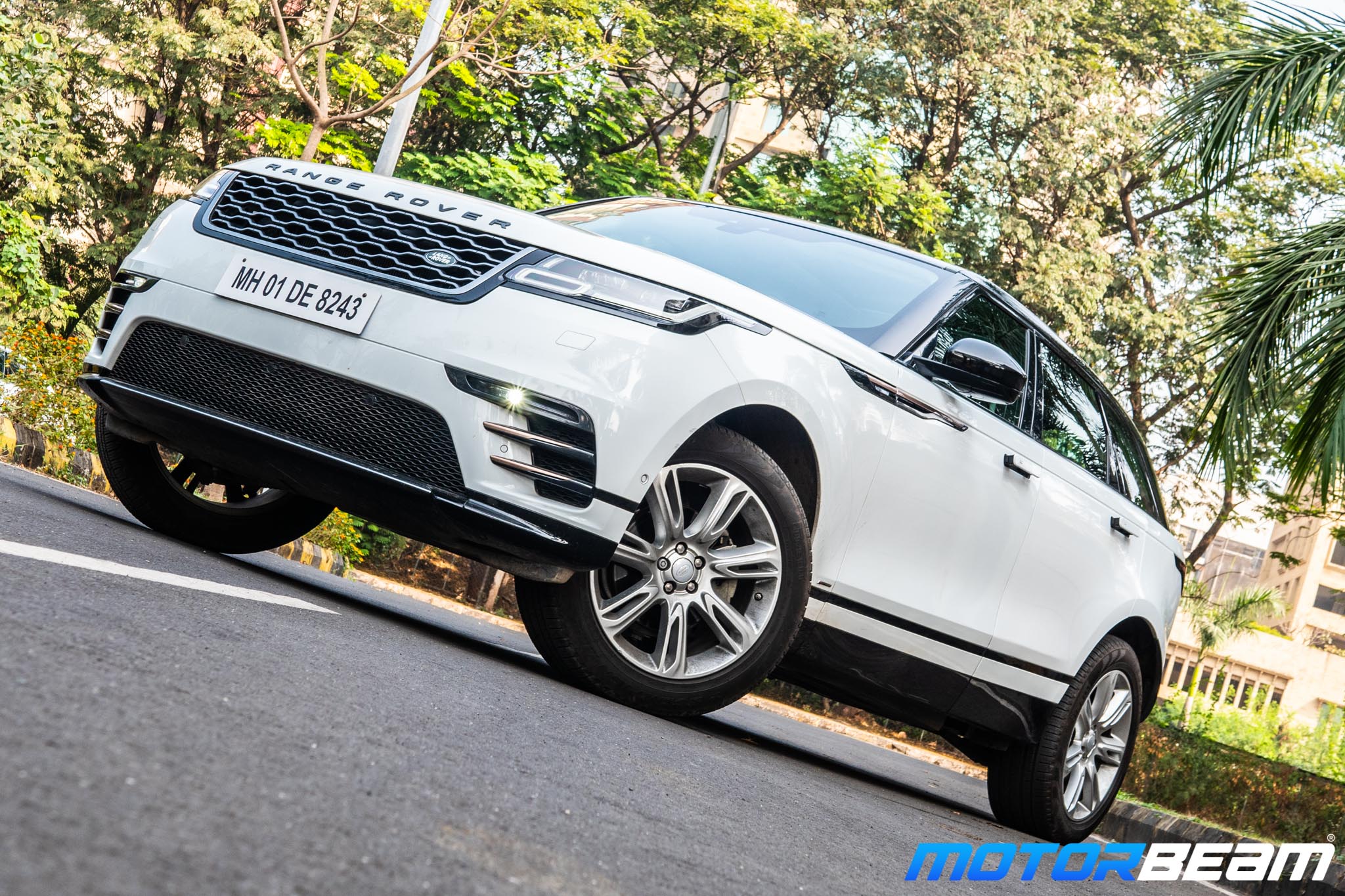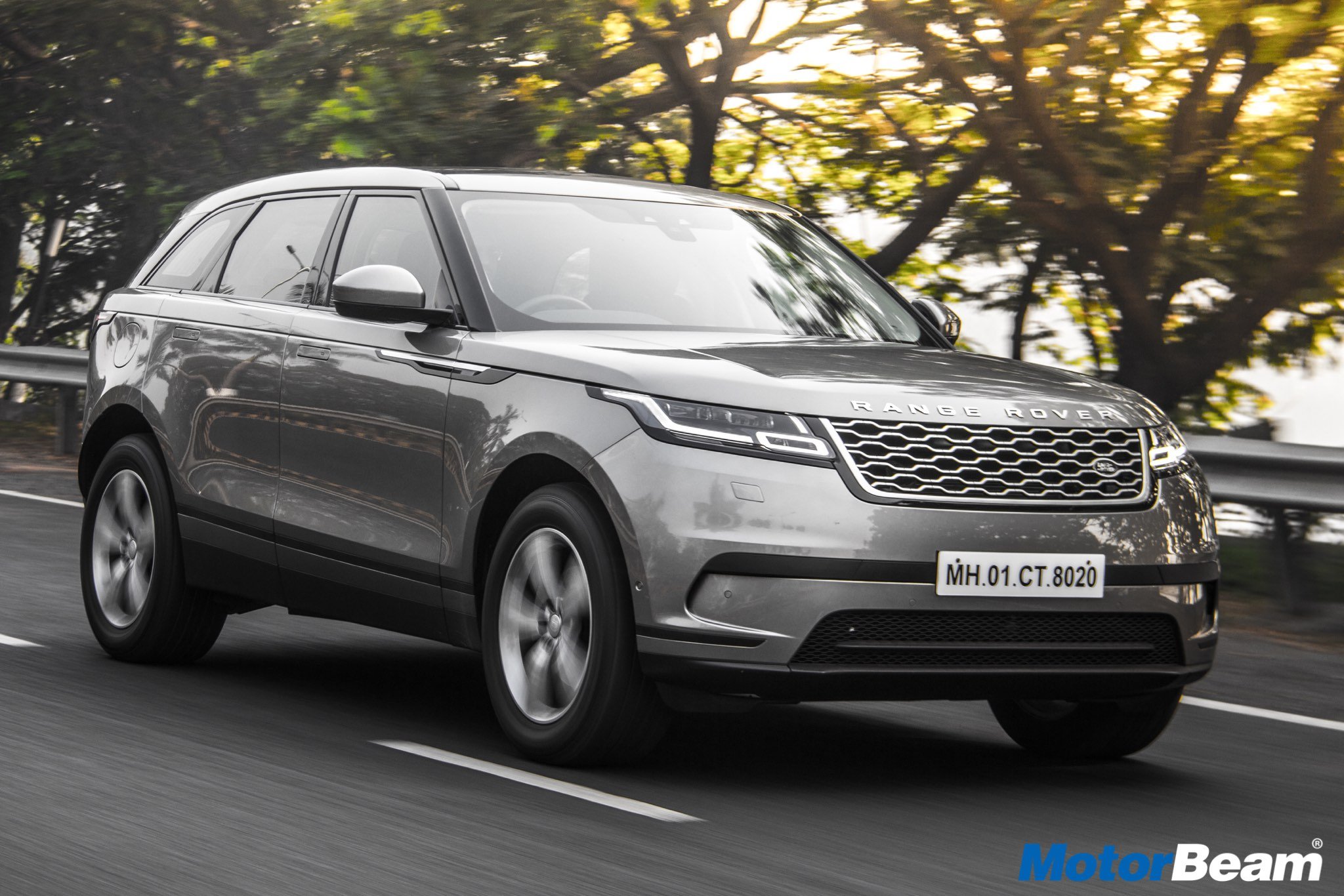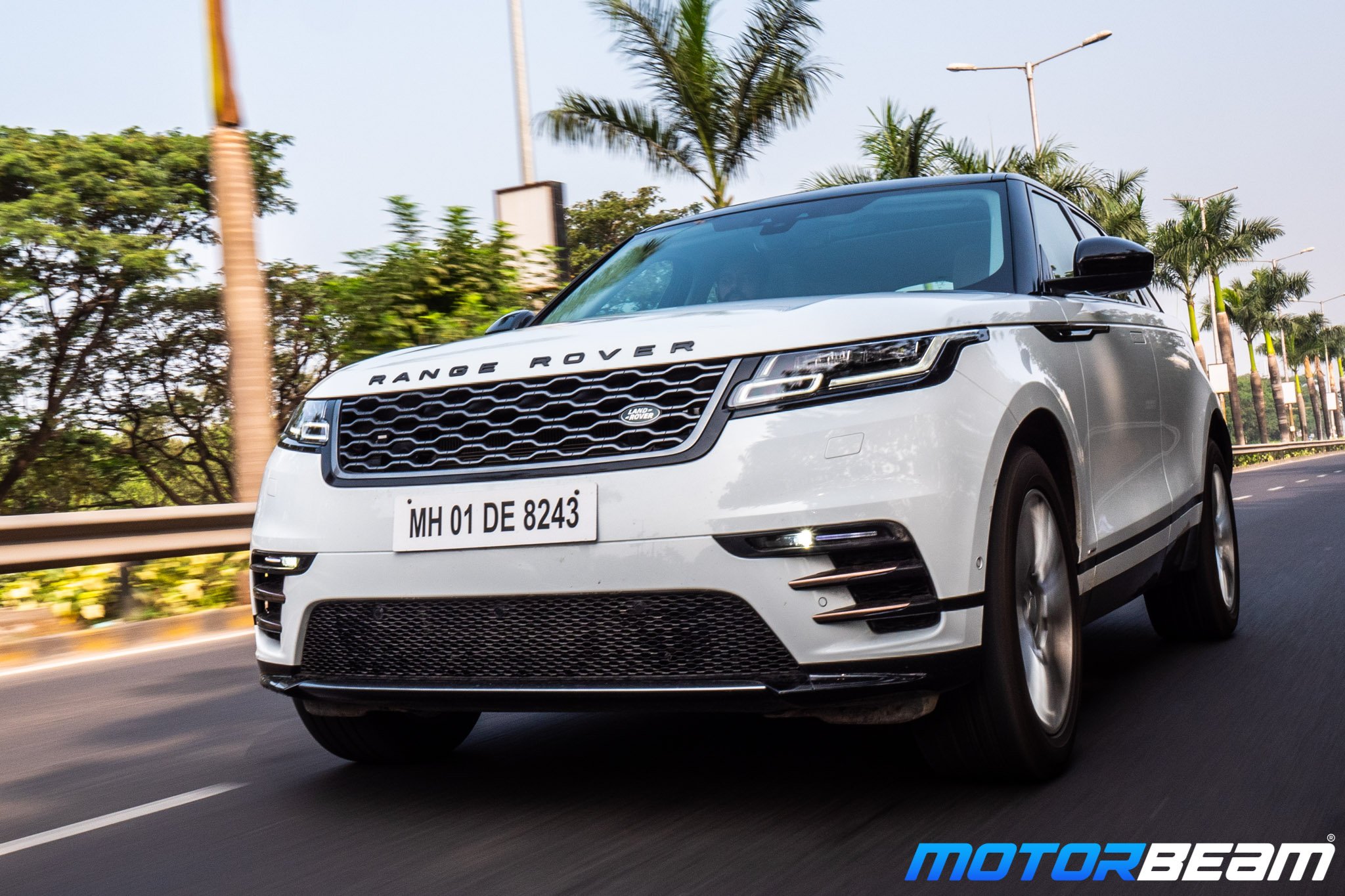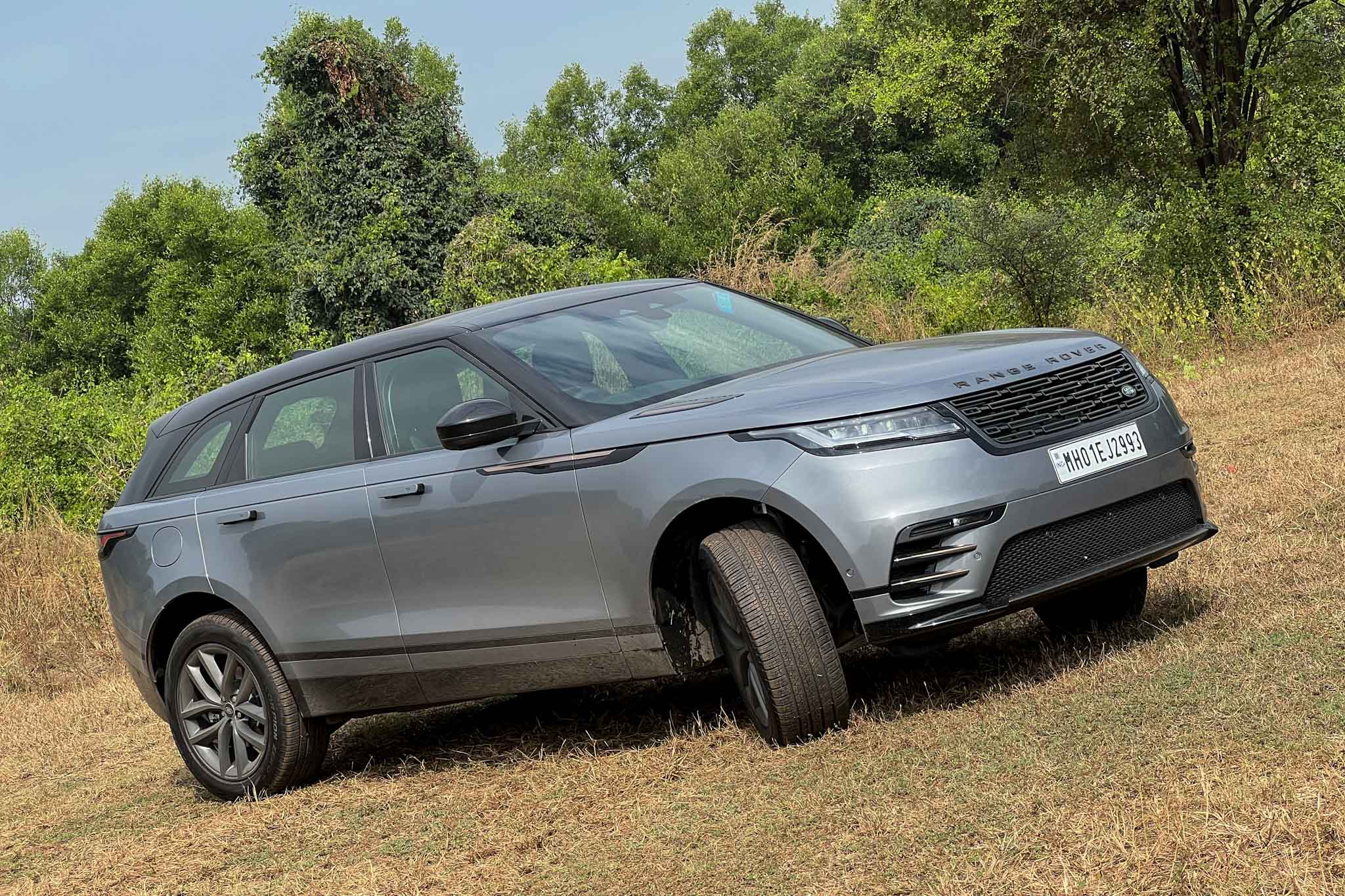
The Range Rover Velar was first introduced 6 years back as a product to fill the gap between the Range Rover Evoque and the more expensive Range Rover Sport. The Velar is undoubtedly one of the most beautiful luxury SUVs to have been launched in recent times and the SUV was received really well when launched. So much so, that the automaker didn’t really give it any major updates over the years.
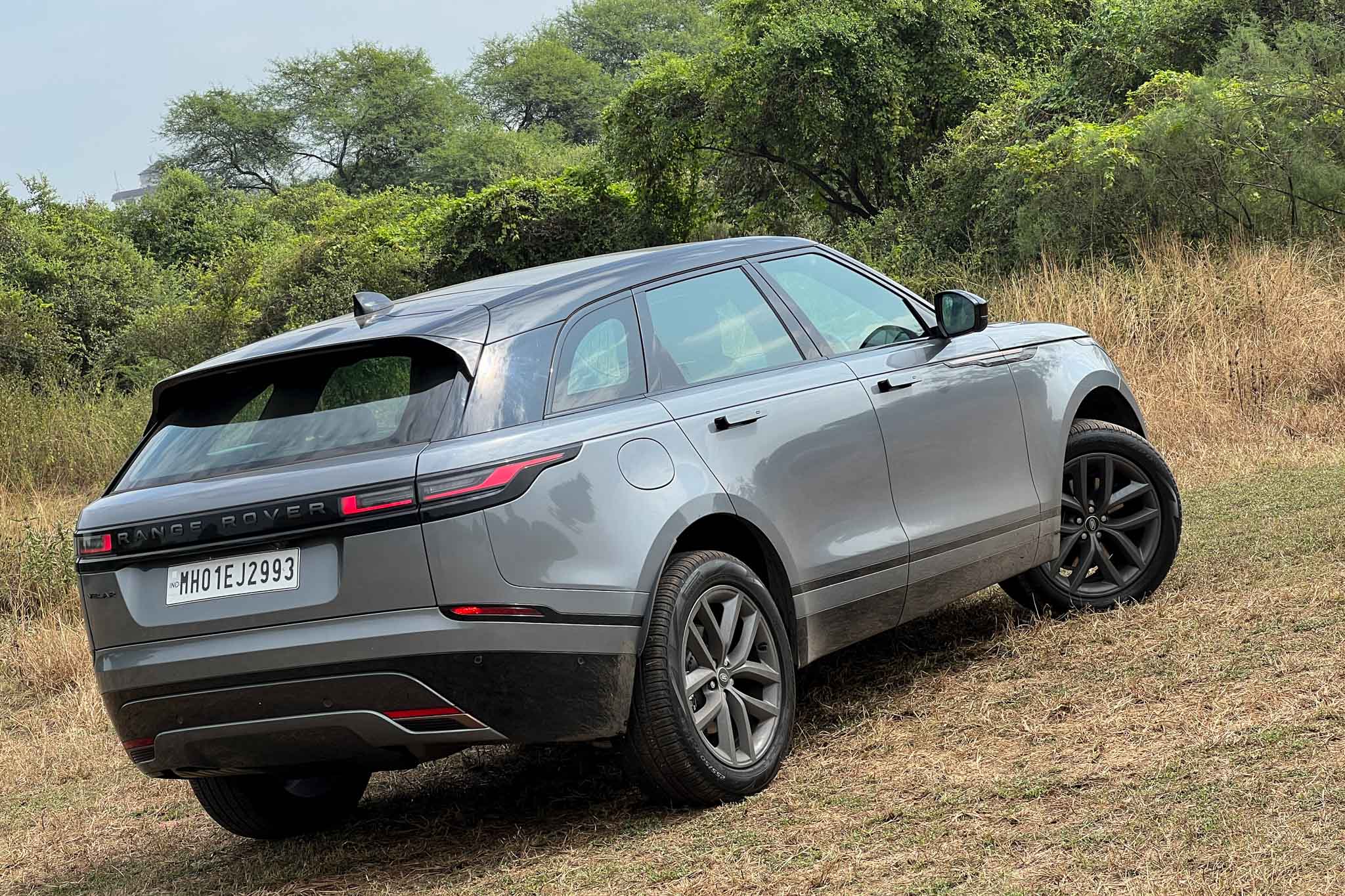
The Velar has now received a minor update which basically lends some exterior enhancements and interior tweaks to it, while the fundamentals of the vehicle remain largely unchanged because why fix something that ain’t broke. The Velar continues to remain as beautiful as before but it does get new wheels, a redesigned grille, slimmer LED headlights and revised bumpers now. Some other tweaks include the new horizontal rear reflectors (earlier vertical). The bonnet also gets some gloss black styling elements now.
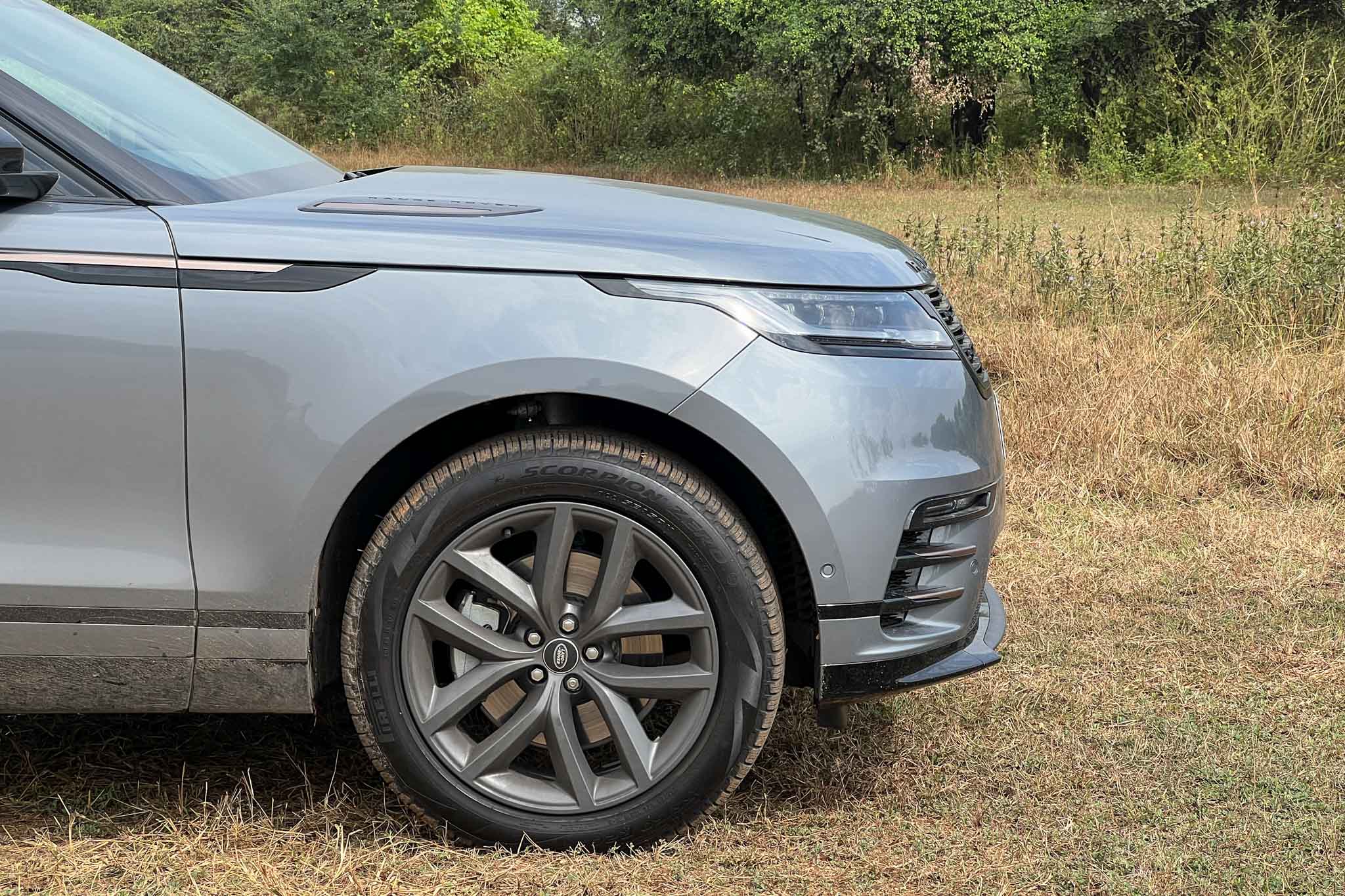
Our test car came in the Zadar Grey Metallic colour which I think looks extremely sexy and that combined with the matte grey wheels makes for a brilliant combo. The Velar is actually very common on Mumbai roads yet I could notice a lot of people turning around and checking it out. The vehicle’s stance is very well proportioned and I like how it has that imposing and angry look. The Velar also isn’t as big as the Range Rover Sport or the mighty Range Rover which means it is fairly easy to drive around. Oh also, the Velar doesn’t get headlamp washers anymore!
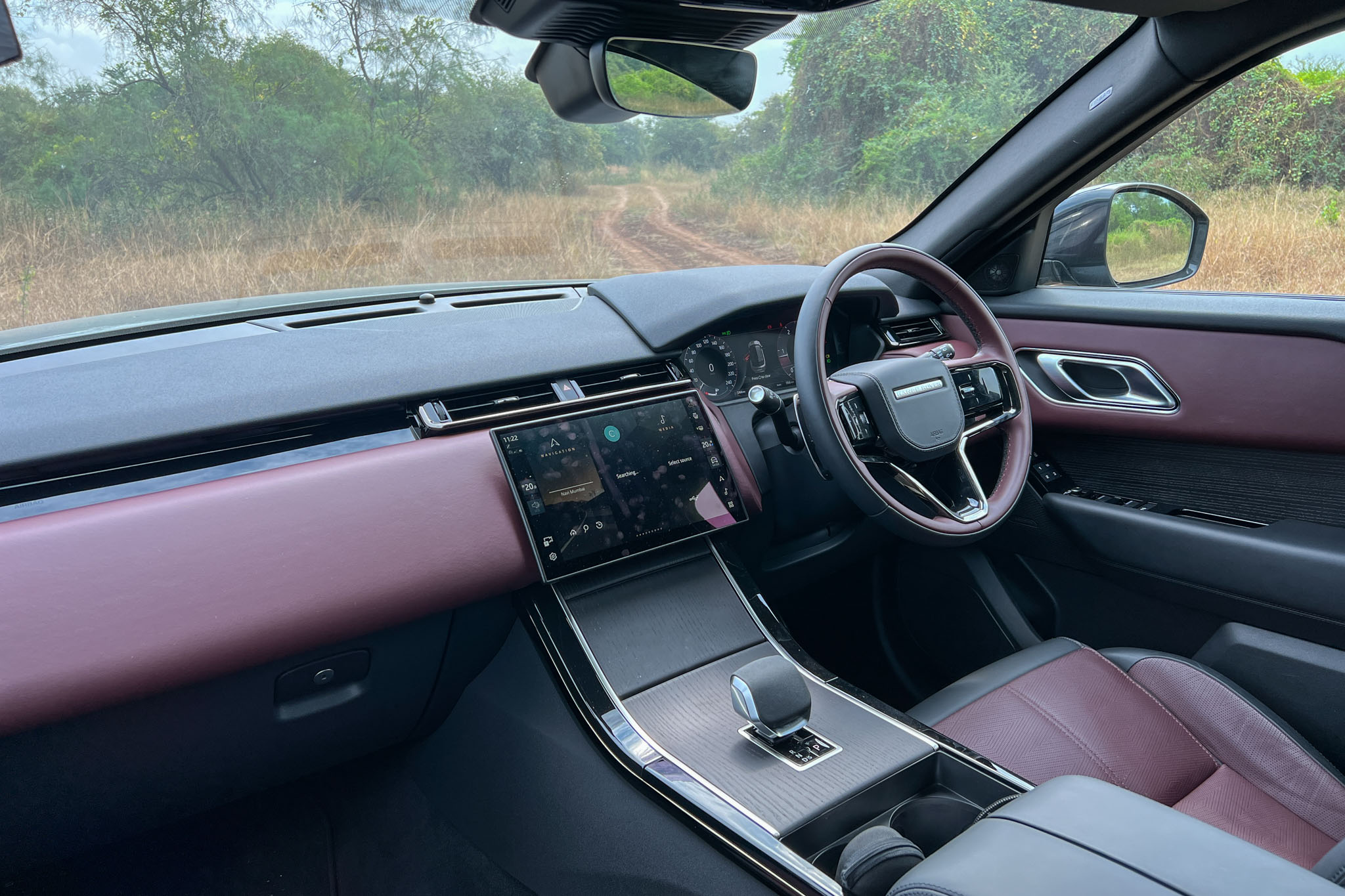
The interior is where you’ll notice a significant number of changes on the Velar. The brand has removed almost all physical buttons and every function is now incorporated into the 11.4-inch curved touchscreen up there. Result? You get a very clean looking centre console with just the gear selector knob but the downside is that you need to navigate through a bunch of menus on the touchscreen to access something as basic as the AC controls or the different drive modes/terrain modes.
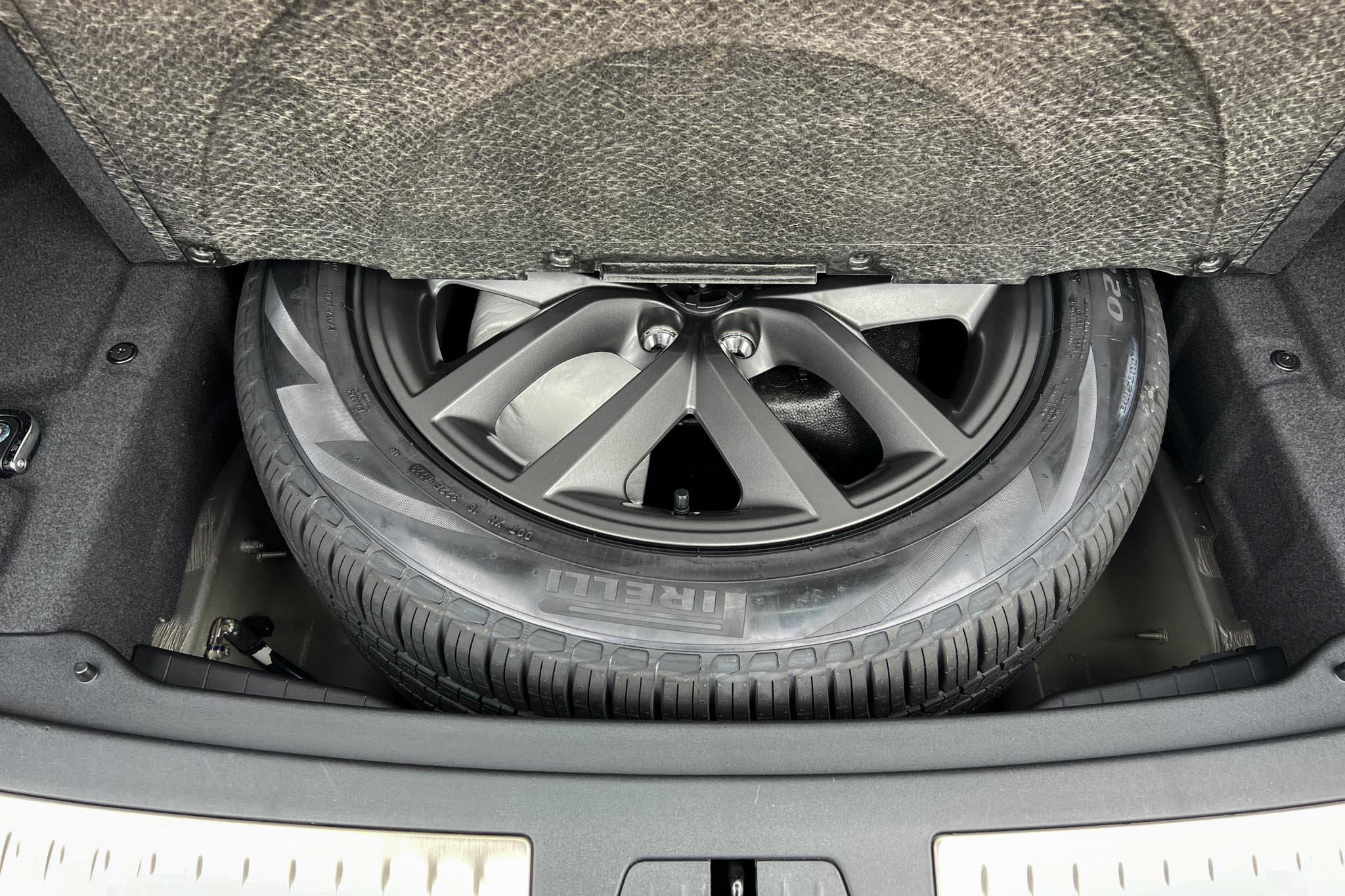
Each and every thing is bundled into the touchscreen and while the essentials take a couple of taps for you to reach, you still have to almost always take your eyes off the road and I’m not a big fan of this layout. The touchscreen though is very good to use, and the display has a very crisp UI. The Meridian audio system also sounds very clear and the updated Velar has a bunch of features like wireless Android Auto/Apple CarPlay, 360-degree camera, wireless charging, 4-zone climate control, digital instrument cluster, multi-touch buttons on the steering wheel, panoramic sunroof and 4-zone climate control.
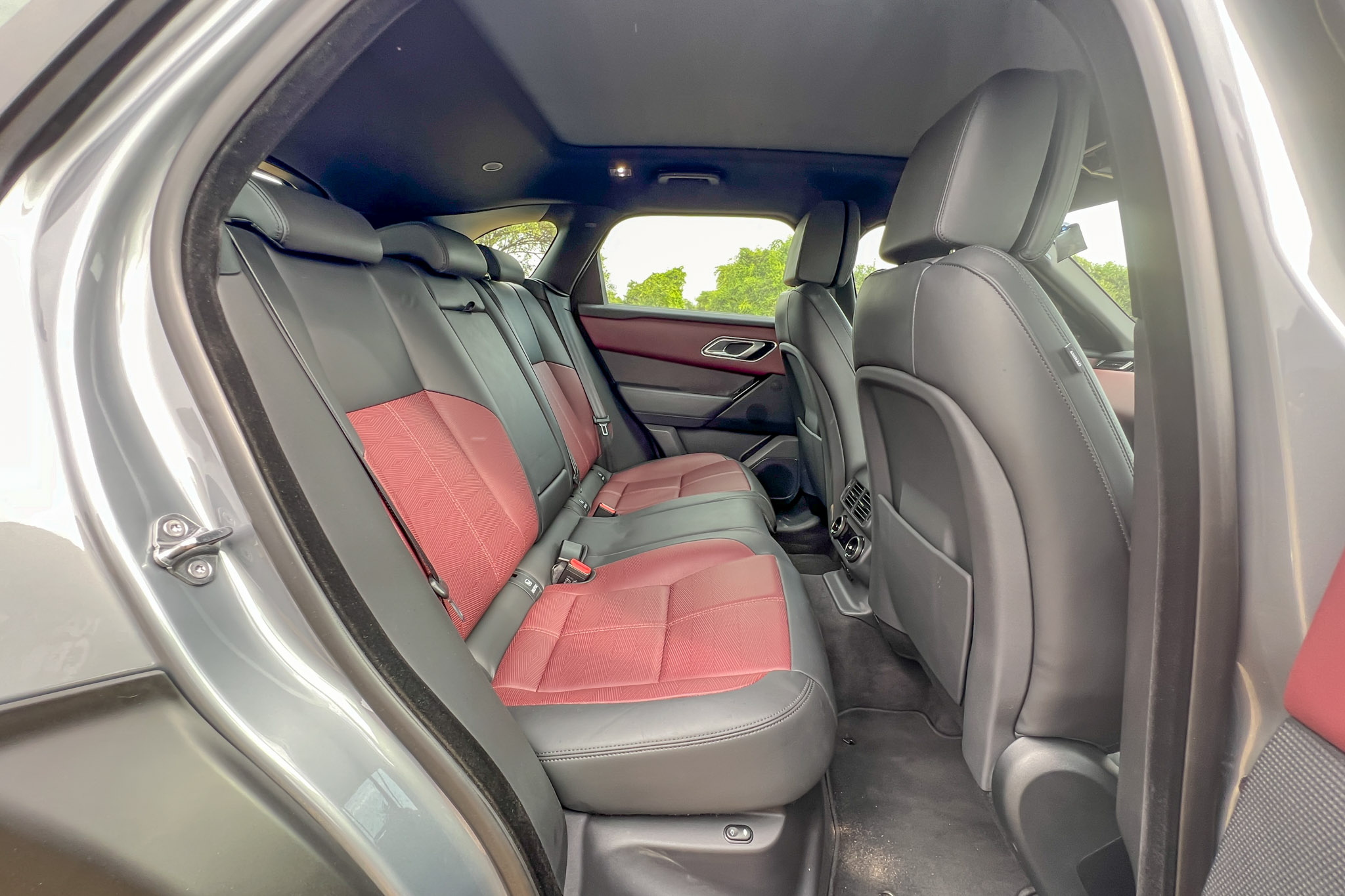
The Range Rover Velar has really supportive seats both at the front as well as the rear. I spent long hours behind the wheel on the day I got the vehicle and the next day I drove it down to Pune and back and there was zero fatigue. The seats have really good contouring and the front seats are 20-way adjustable which means that you can play around with a variety of adjustment options for the under-thigh support, seat height, backrest angle, lumbar support, etc. The front seats also have a very nice massage function which I enjoyed while being stuck in Mumbai’s infamous traffic.
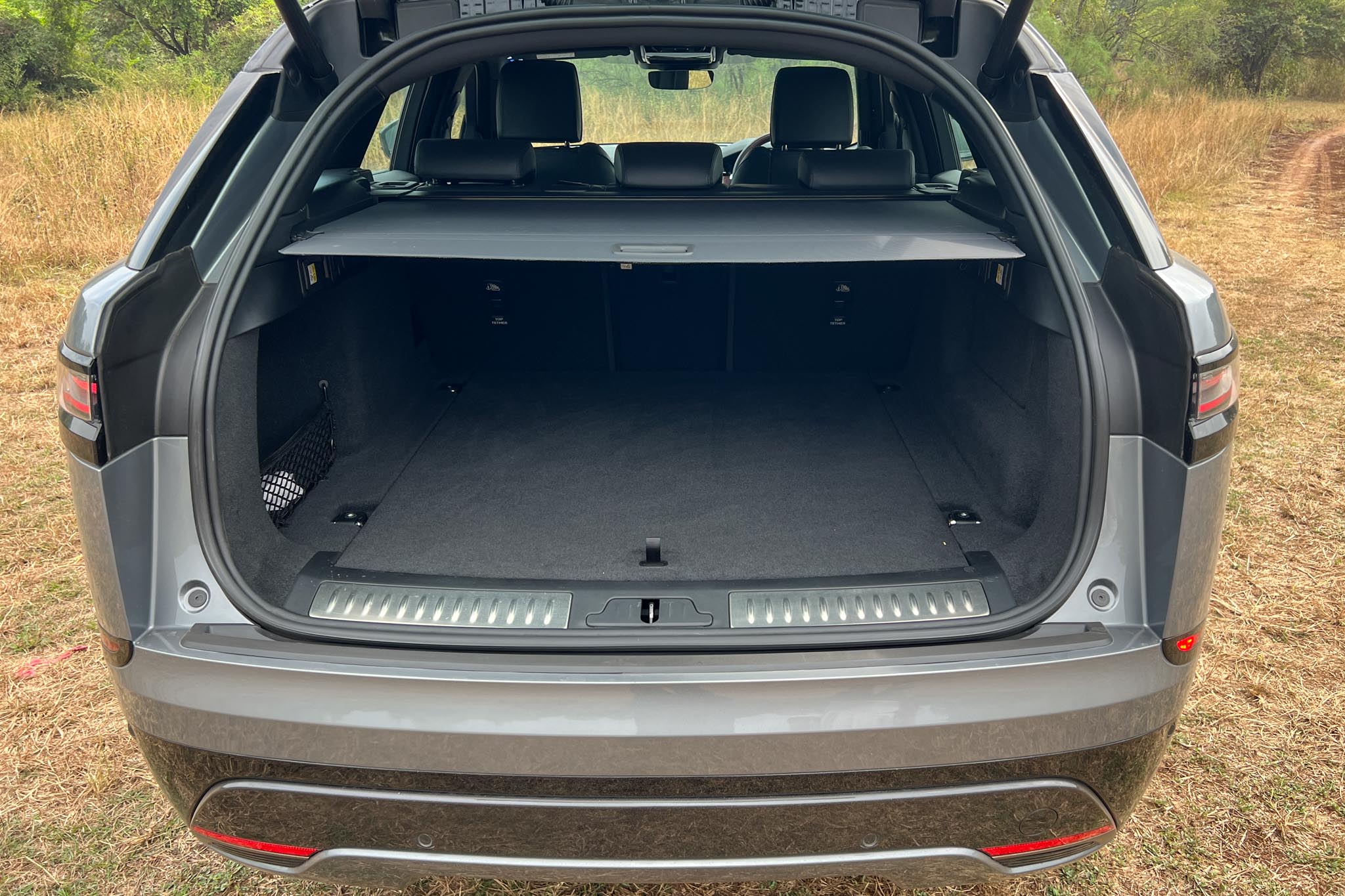
The rear seat is nice but I think it is best suited for two people only. The middle passenger would get limited leg space and the shape of the seat itself is such that two people would feel more comfortable. I think the Mercedes-Benz GLE and BMW X5 have more space at the back and those SUVs also have bigger windows. The Velar has smaller windows and the window line is a little high-set too. The Velar’s air suspension allows for the vehicle to lower its ride height by 10 mm for easier ingress/egress while it can also be raised by 25 mm when you go off the road.
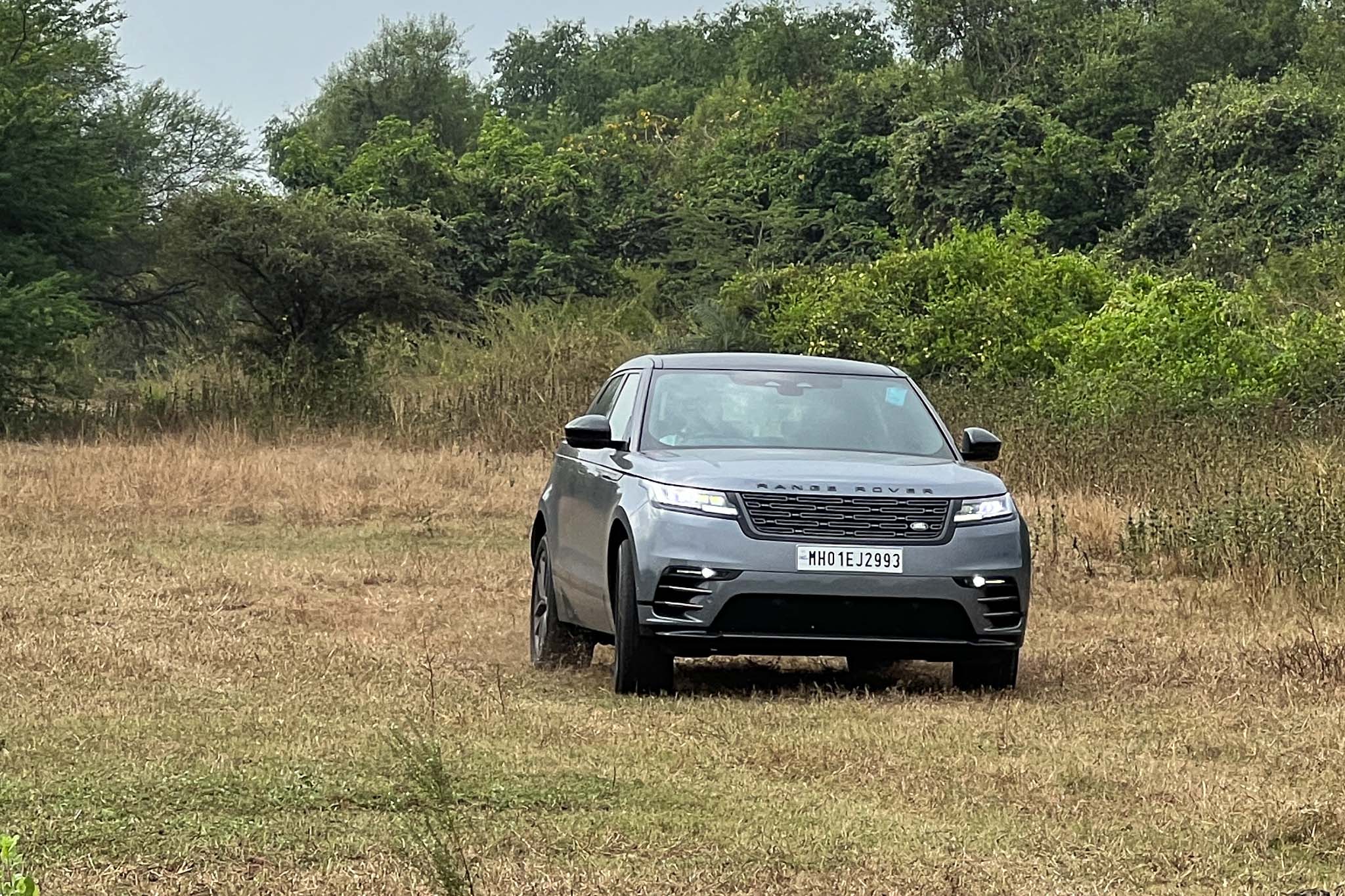
The Velar is available with 2.0-litre petrol and 2.0-litre diesel engine options. Unfortunately, it doesn’t get 3.0-litre engines at all, and the petrol & diesel engines are priced identically at Rs. 1.12 Crore (OTR, Mumbai). The X5 and GLE start at similar price points too. The petrol engine makes 250 HP and 365 Nm but our test car came with the diesel engine which delivers 204 HP and 430 Nm. These numbers do seem a little low for something that costs a crore.
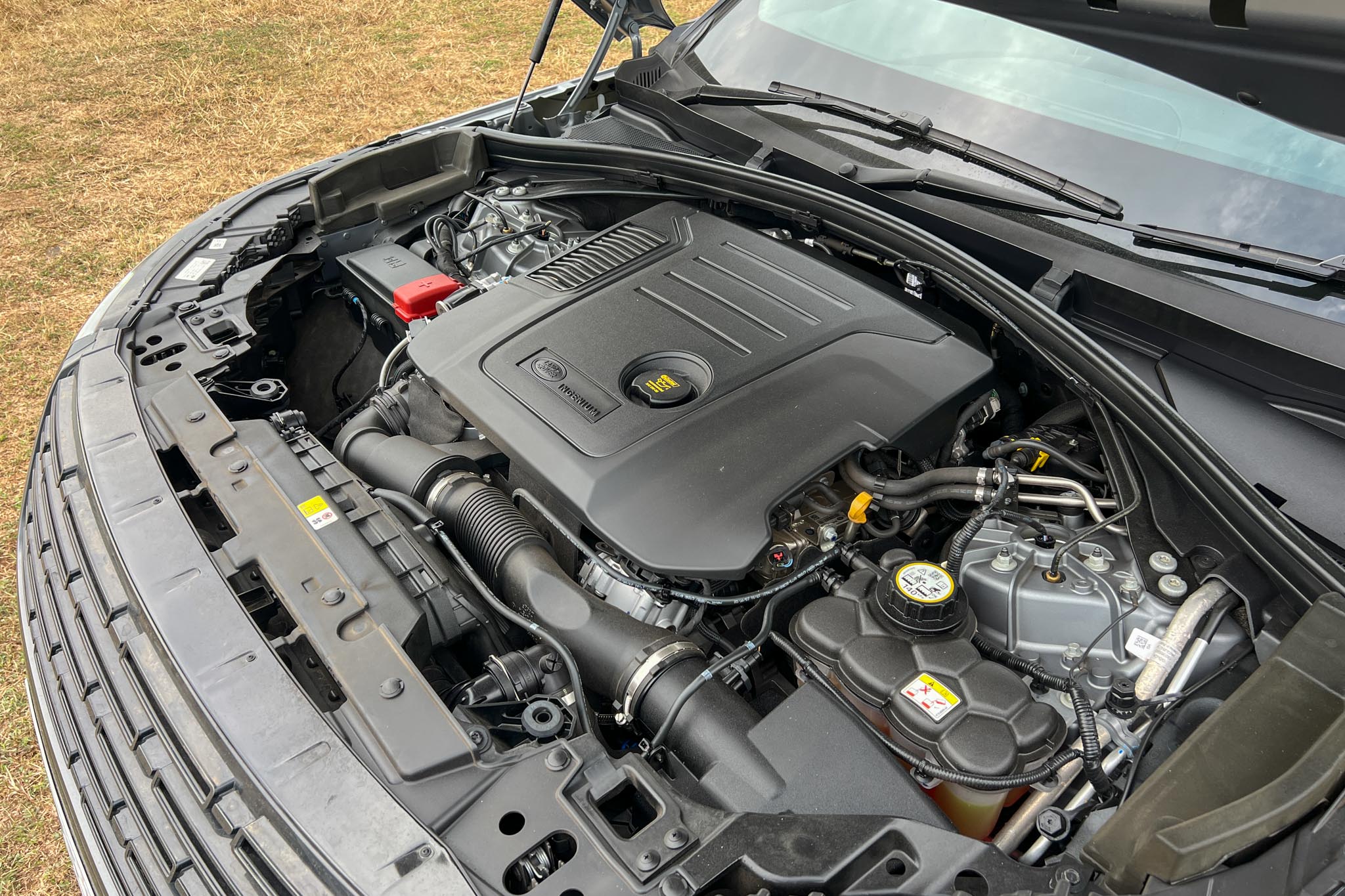
The Ingenium diesel engine is pretty smooth though it does have some of that typical clatter at idle and high RPMs. The Velar offers good driveability for most part. The 8-speed torque convertor is a little lazy and the engine does seem to have some apparent lag below 1800 RPM which then eases out once the turbo spools and the car feels a lot more responsive. It has the usual driving modes which alter the engine’s responsiveness and suspension stiffness. I found Comfort mode to be a little too comfort-oriented for my liking. The suspension felt soft, the performance felt laidback and things started feeling better in Dynamic mode.
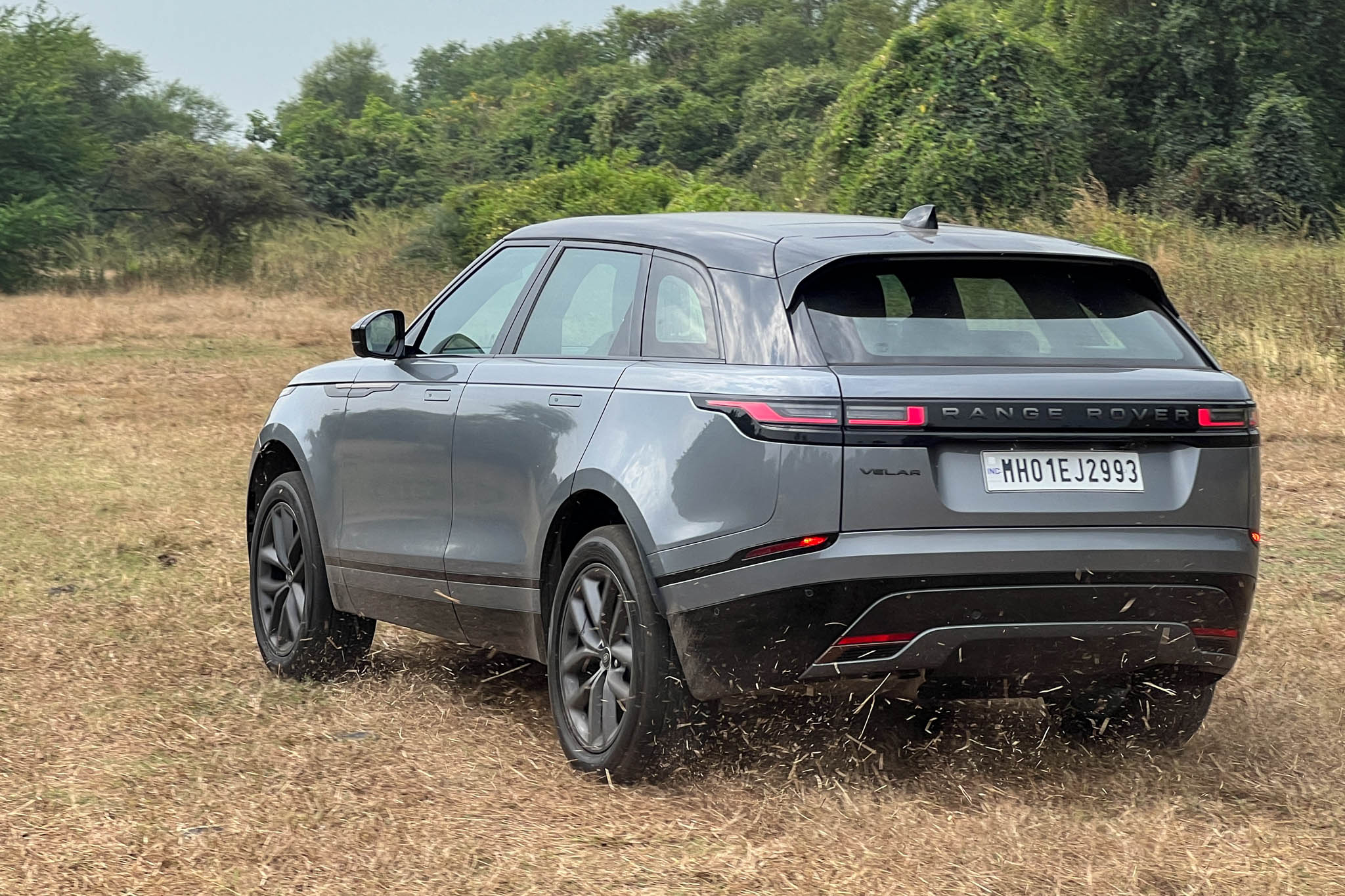
Dynamic mode is where the Velar feels a lot more energetic to drive. It feels as if it has got a performance bump! The engine is more eager in this mode, the suspension feels nicely tightened up and the body roll is much lesser too. The Velar isn’t one of the sharpest handlers around but it offers a good, confident driving feel. I liked the hefty steering that this SUV has. Feels nice and feedback rich. If I were to take the Velar for a long highway haul, I’d prefer keeping it in Dynamic mode all the time.
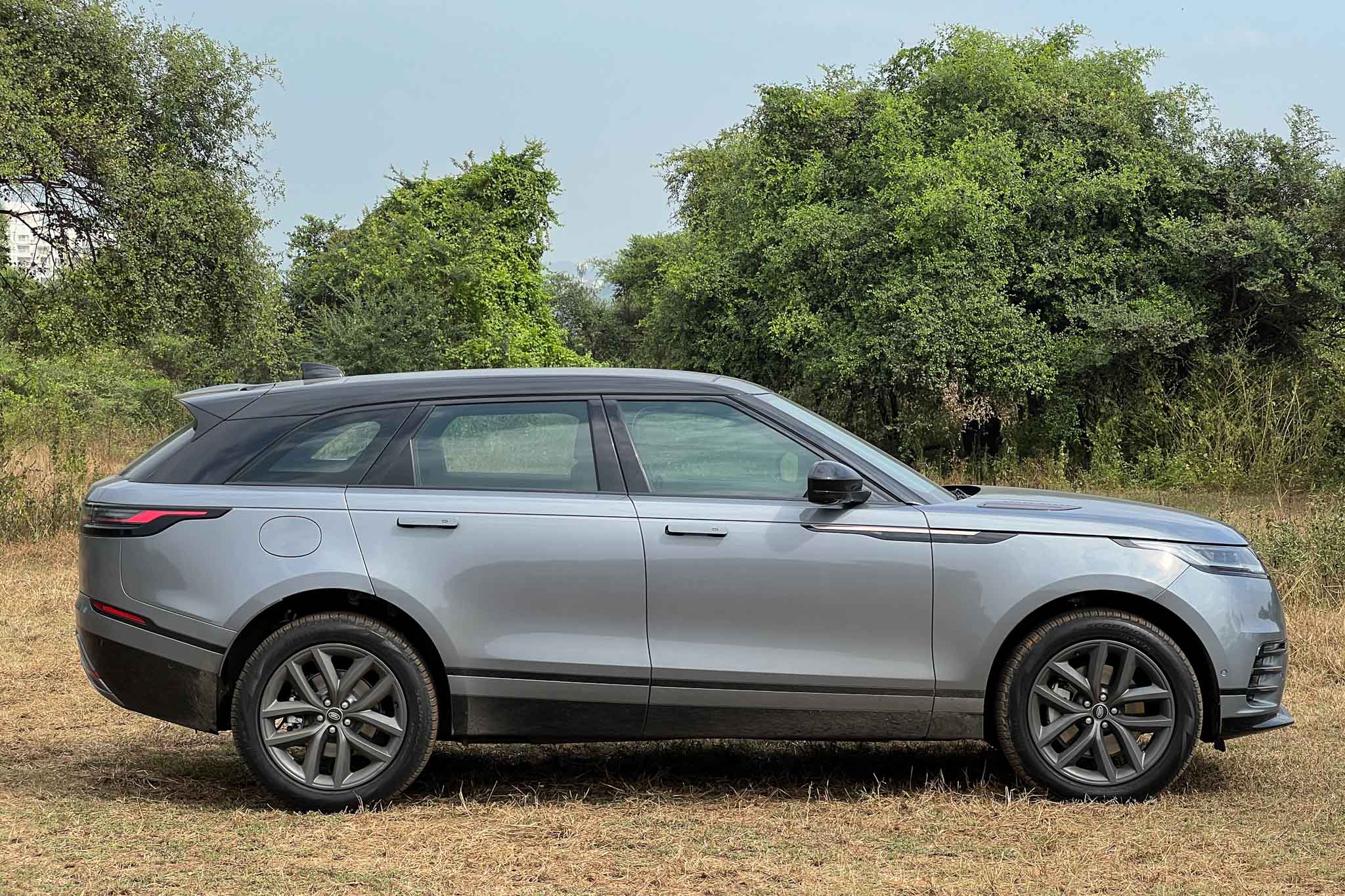
What I also liked about this diesel engine is its fuel efficiency. I’m sure it wouldn’t matter much to someone who is spending Rs. 1 Crore on an SUV, but it is still good to know that your SUV can deliver mileage numbers that would make Rs. 20 Lakh compact SUVs shiver. Doing upwards of 1000 kms on a single tank of diesel is very much possible and that makes the Velar a nice mile-muncher.
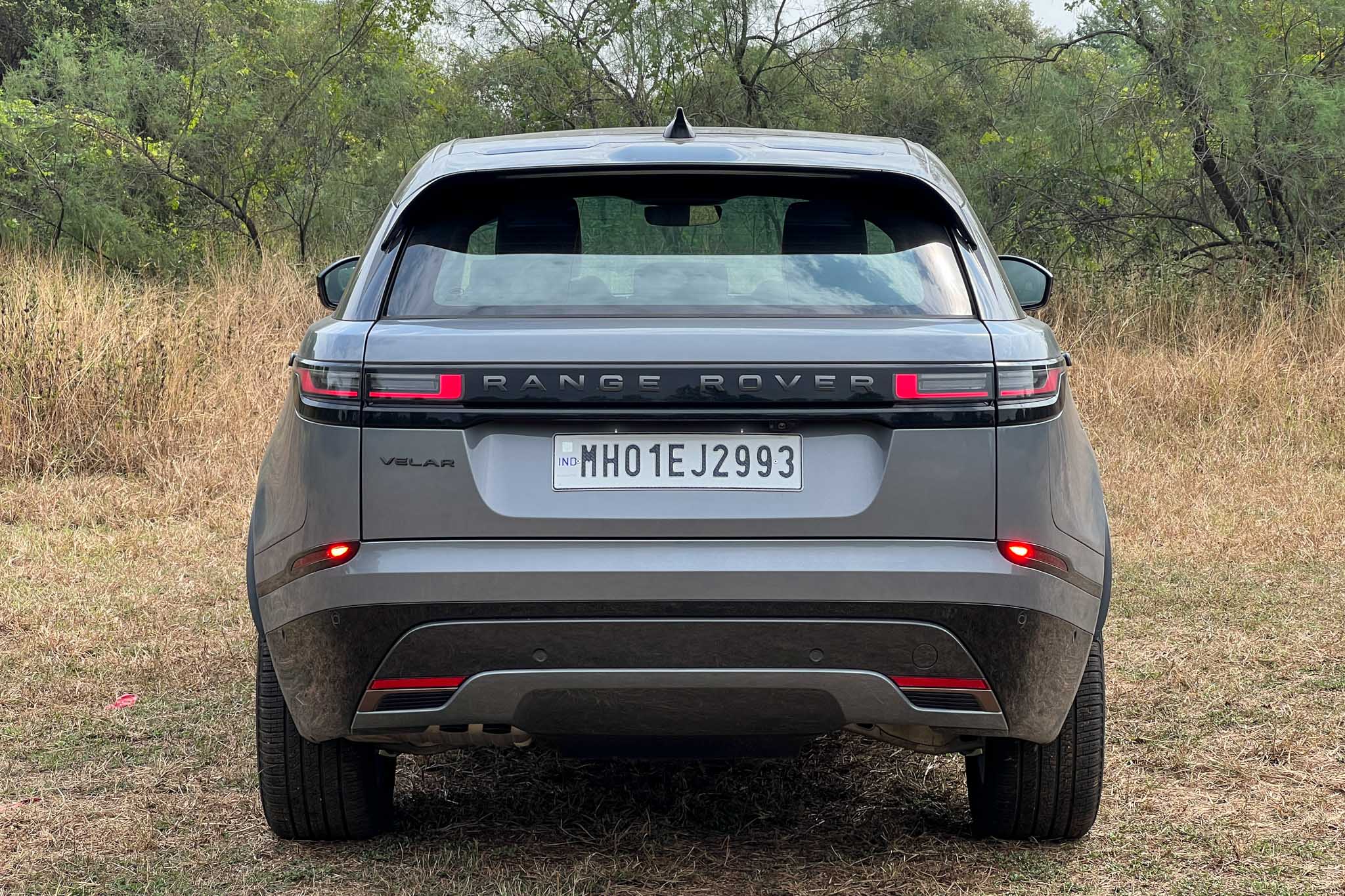
The Range Rover Velar used to fetch a decent number of sales earlier when Mercedes and BMW had the previous gens of the GLE and X5 on sale but now these rivals have upped the game and how. The Velar’s lack of 3.0-litre engines will be a downer for a lot of people but apart from that, it still has a lot of desirability up its sleeve which will be appreciated by people who like its design and minimalist interior.
